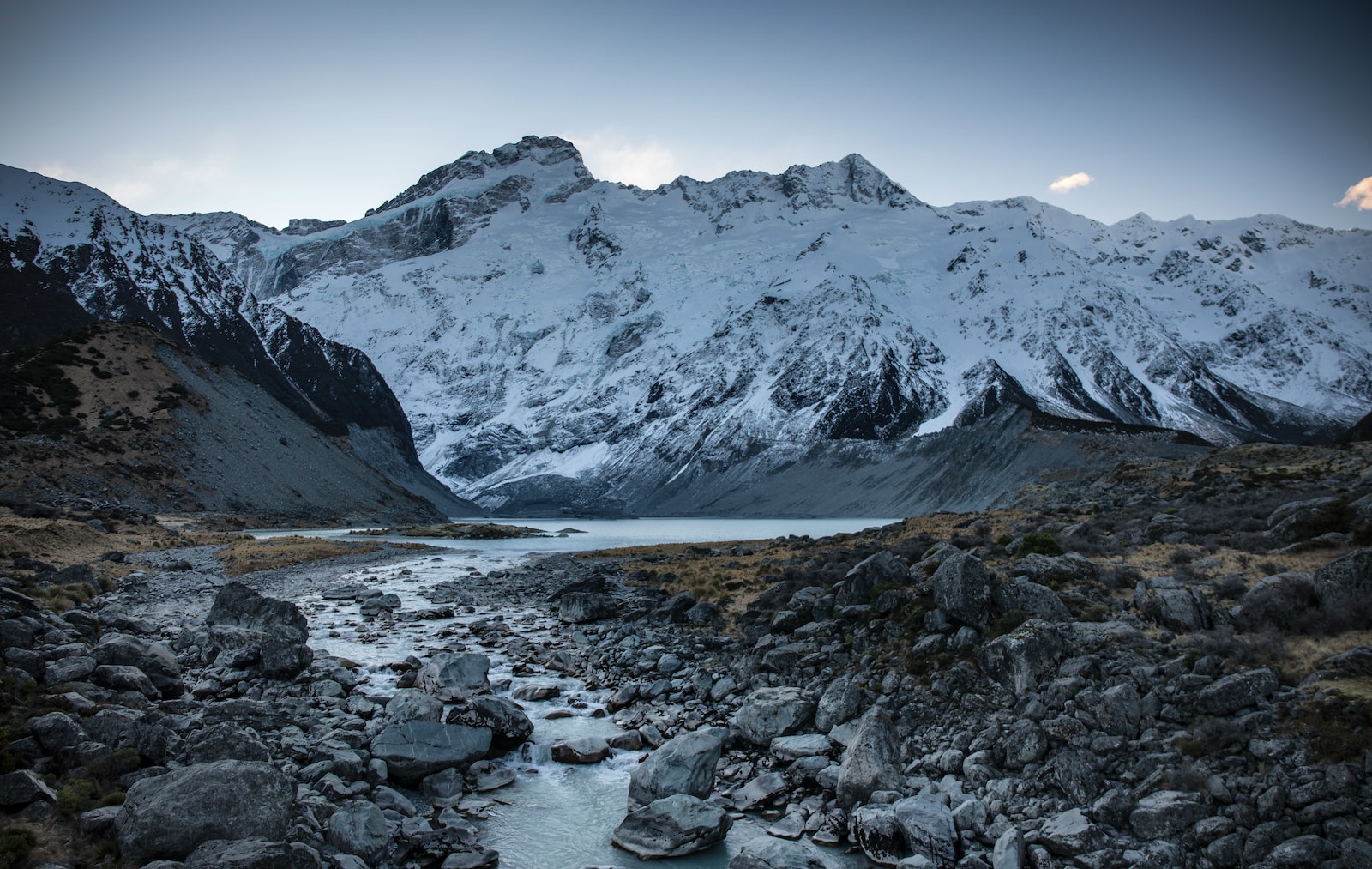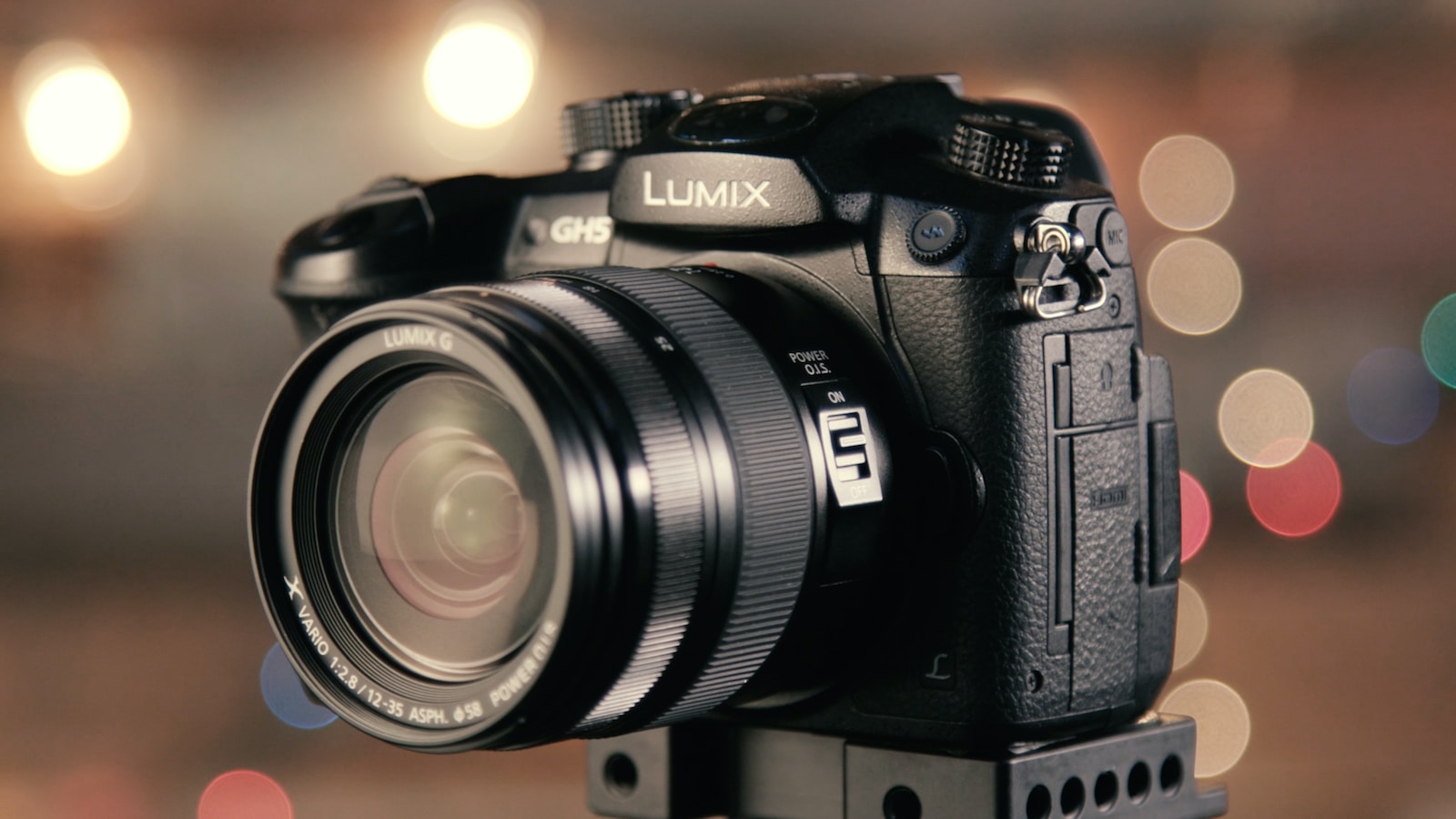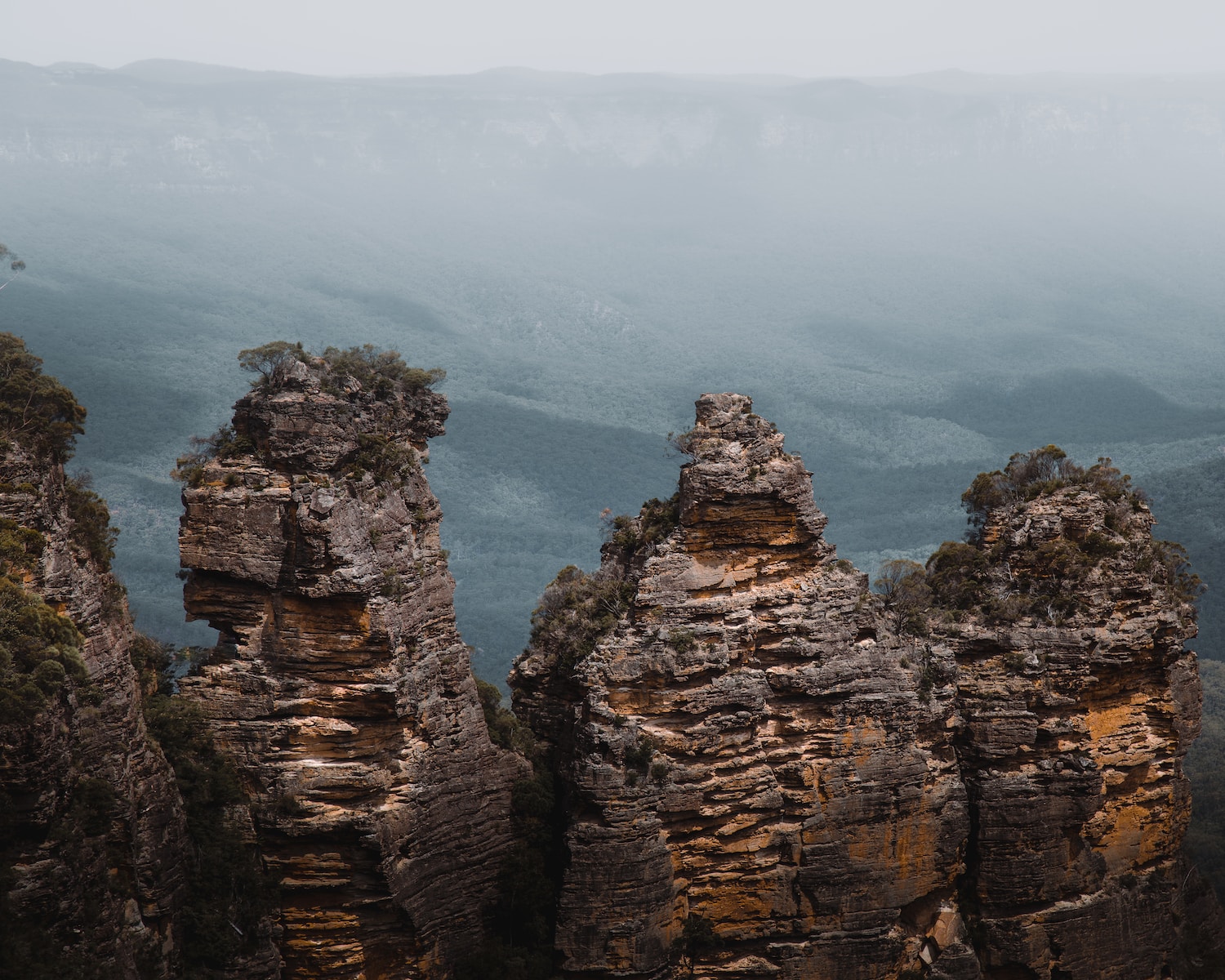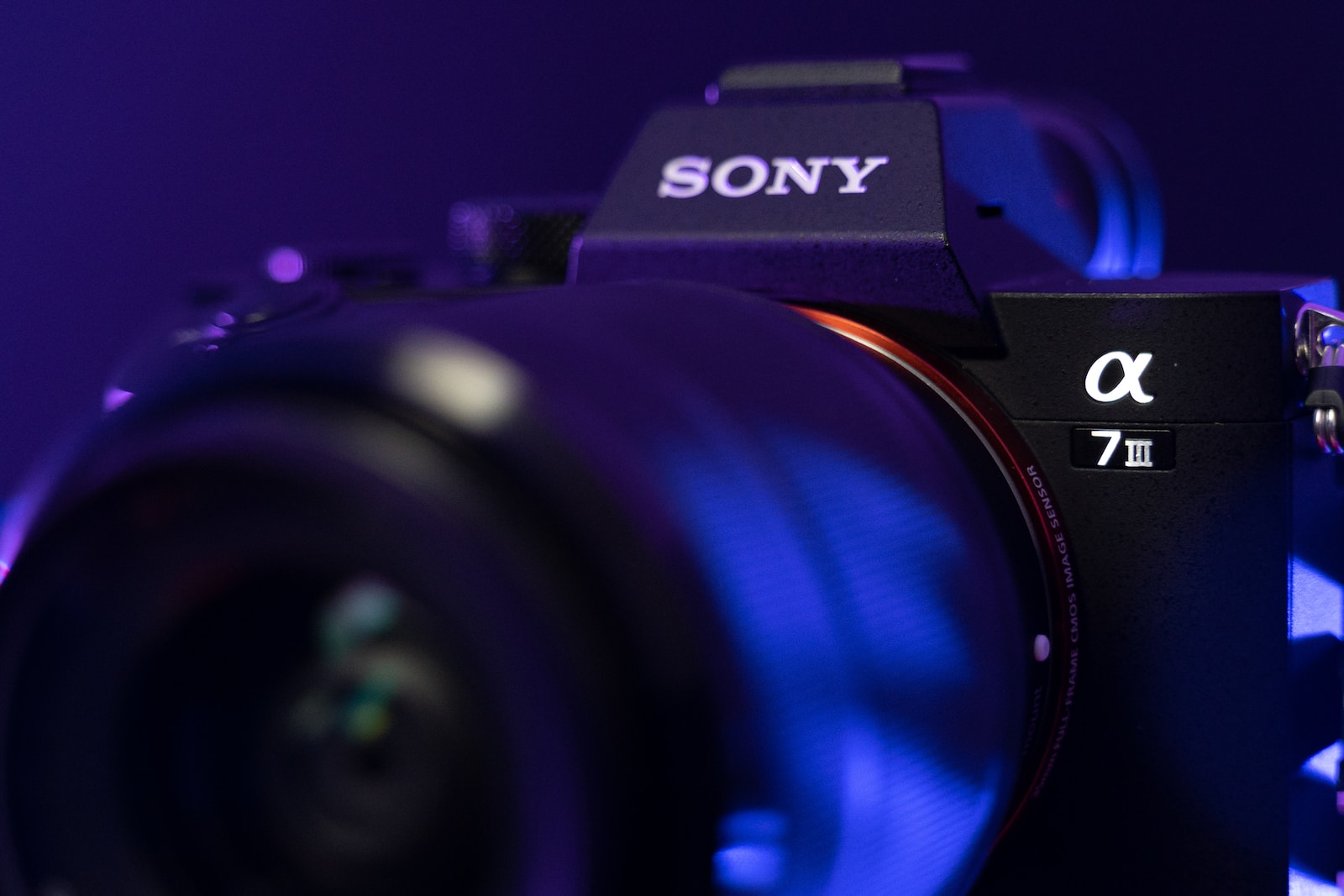Welcome to Frozen Frames: Mount Logan! If you have a passion for photography and want to challenge your camera skills, then join me on an exciting journey to Canada’s largest peak, Mount Logan. In this blog, I will share tips, techniques, and stunning visuals that will help you capture the breathtaking beauty of this majestic mountain. So grab your camera, pack your gear, and let’s embark on an epic photographic adventure!
Table of Contents
- Capturing the Essence of Mount Logan
- A How-To Guide for Capturing Canada’s Largest Peak
- 1. Equipment Essentials
- 2. Mastering Exposure in Extreme Conditions
- 3. Composition and Framing
- 4. Dress for Success
- Frequently Asked Questions
- Does Mount Logan require advanced camera skills to photograph?
- What makes Mount Logan the largest peak in Canada?
- What camera equipment is recommended for photographing Mount Logan?
- Are there any photography tours available for Mount Logan?
- What are some tips for photographing Mount Logan?
- Are there any photography workshops available for improving camera skills?
- Wrap Up
Capturing the Essence of Mount Logan
Mount Logan is the highest mountain in Canada and the second-highest peak in North America, after Denali (formerly known as Mount McKinley) in Alaska. It is located in the southwestern part of the Yukon Territory, within Kluane National Park and Reserve. Mount Logan is part of the Saint Elias Mountains, which extend across the border into Alaska and are known for their rugged and remote terrain.
Mount Logan’s elevation is approximately 5,959 meters (19,551 feet) above sea level, making it one of the tallest non-technical climbs in the world. Due to its remote location and challenging conditions, ascending Mount Logan is a significant undertaking and requires careful planning and mountaineering expertise. The mountain was named in honor of Sir William Edmond Logan, a Canadian geologist.
Kluane National Park, where Mount Logan is situated, is known for its pristine wilderness, glaciers, and exceptional mountaineering opportunities. It attracts climbers and adventurers from around the world who come to explore its rugged beauty and take on the challenge of ascending Mount Logan.
Preparing for the Ultimate Photography Expedition
Before embarking on any photography expedition, adequate preparation is essential. Mount Logan’s remote location and challenging conditions make it imperative to pack the right gear. Ensure you have a sturdy tripod for stability, a range of lenses to capture different perspectives, and sufficient memory cards for the countless frames you’ll capture. Don’t forget to dress in layers and pack your cold-weather essentials to protect yourself and your equipment from the freezing temperatures.
Mastering Camera Skills in Extreme Environments
Photographing Mount Logan requires not only a keen eye for composition but also the ability to adapt your camera skills to extreme environments. The vastness of the peak can be intimidating, but with proper techniques, you can capture its true essence. Experiment with exposure settings to convey the contrast between the snow-capped peaks and the deep blue sky. Use a wide-angle lens to capture the expansive landscapes, or zoom in to reveal intricate details of the glaciers. Remember, Mount Logan is your canvas, and your camera is your paintbrush.
Facing the Challenges and Enjoying the Rewards
Photographing Mount Logan comes with its fair share of challenges. The unpredictable weather, high altitudes, and limited accessibility demand patience, resilience, and adaptability. Be prepared for sudden weather changes and bring extra batteries to combat the draining cold. However, the rewards of capturing this natural wonder are immeasurable. The vibrant colors reflecting off the ice, the ethereal glow of a sunrise over the peaks, and the tranquility of the wilderness will make your efforts worthwhile.
Mount Logan is part of Canada's Kluane National Park and Reserve, a UNESCO World Heritage Site known for its stunning landscapes and diverse wildlife.
Preserving the Memories: Post-Processing Tips
Once you’ve returned from your unforgettable journey to Mount Logan, the adventure doesn’t end. Post-processing your images can enhance their impact, bringing out the true beauty you witnessed firsthand. Experiment with different software tools to adjust exposure, fine-tune colors, and emphasize the depth of the landscapes. Take your time in curating a portfolio that tells the story of your experience, allowing others to embark on their visual journey to Mount Logan.
A How-To Guide for Capturing Canada’s Largest Peak
As a photographer, there’s nothing quite like the thrill of shooting in extreme conditions and capturing the beauty of nature’s grandeur. If you’re an avid adventurer seeking new heights and breathtaking landscapes to add to your portfolio, look no further than Mount Logan, the largest peak in Canada. In this guide, we will share some valuable tips and techniques to help you make the most of your camera skills and freeze these unforgettable frames of Mount Logan.
1. Equipment Essentials
Before embarking on your journey to Mount Logan, make sure you have the right gear to endure the harsh conditions and get the best shots possible. Here’s a list of equipment you shouldn’t leave home without:
- A high-quality DSLR camera with a wide-angle lens to capture the vastness of the landscape.
- A sturdy tripod to keep your camera steady in strong winds and ensure sharp images.
- Extra batteries and memory cards to avoid running out of power or storage space.
- A waterproof and insulated camera bag to protect your equipment from snow, ice, and extreme temperatures.
2. Mastering Exposure in Extreme Conditions
Photography on Mount Logan presents unique challenges due to the extreme weather conditions. To overcome these challenges and achieve well-exposed images, keep the following in mind:
- Shoot in manual mode and experiment with different shutter speed, aperture, and ISO settings to capture the ideal exposure.
- Bracket your shots by taking multiple exposures, especially in situations with high contrast or unpredictable lighting.
- Use a graduated neutral density filter to balance the exposure between the bright sky and the dark landscape.
3. Composition and Framing
When photographing Mount Logan, take advantage of its grandeur and unique features to create compelling compositions:
- Include foreground elements, such as rocks or vegetation, to add depth and scale to your images.
- Experiment with different perspectives and angles to showcase the rugged beauty of the peak.
- Pay attention to the rule of thirds to create a balanced composition and guide the viewer’s eye through the image.
4. Dress for Success
Don’t forget that your own comfort and safety are crucial elements when shooting on Mount Logan. Dress appropriately for the challenging conditions:
- Layer your clothing to stay warm and adjust as needed.
- Wear windproof and waterproof outer layers, including gloves, hats, and jackets.
- Invest in sturdy and insulated boots to keep your feet dry and protected in the snow.
Remember, photography is not only about the final image but also about the journey and experience. Embrace the adventure, be patient, and let your passion for photography guide you as you embark on this unforgettable expedition to capture the frozen frames of Mount Logan.
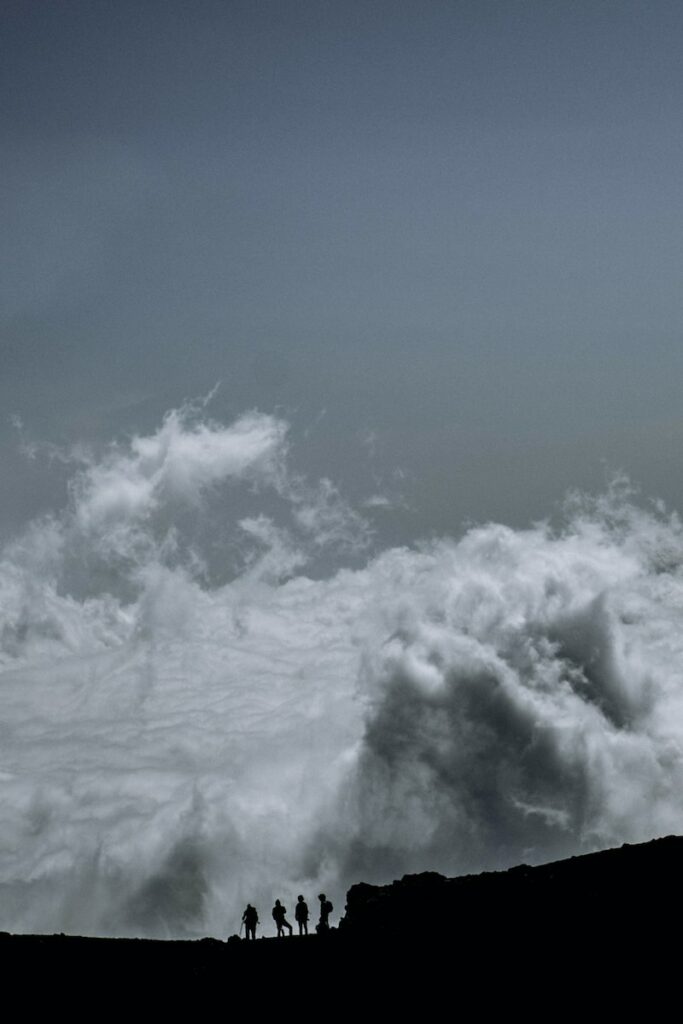
Frequently Asked Questions
Does Mount Logan require advanced camera skills to photograph?
No, Mount Logan can be photographed by both amateur and professional photographers. However, having some basic camera skills will enhance your photography experience.
What makes Mount Logan the largest peak in Canada?
Mount Logan, located in Canada’s Yukon Territory, holds the title of Canada’s largest peak based on its height and mass. Standing at 5,959 meters (19,551 feet) tall, it is a magnificent sight to capture.
What camera equipment is recommended for photographing Mount Logan?
To capture the stunning beauty of Mount Logan, it is recommended to bring a high-quality DSLR or mirrorless camera with interchangeable lenses. A wide-angle lens is great for capturing the vastness of the mountain, while a telephoto lens can help you capture details from a distance. Additionally, a sturdy tripod is essential to keep your shots steady in the challenging mountain environment.
Are there any photography tours available for Mount Logan?
Yes, there are photography tours available specifically designed for capturing the beauty of Mount Logan. These tours provide expert guidance and access to the best viewpoints for breathtaking shots. You can join these tours to enhance your photography skills and capture stunning images of Canada’s largest peak.
What are some tips for photographing Mount Logan?
Here are a few tips to make the most out of your Mount Logan photography experience:
- Plan your trip during the golden hours of sunrise or sunset to capture the magical light surrounding the peak.
- Experiment with different angles and perspectives to create unique compositions.
- Incorporate foreground elements, such as wildflowers or glaciers, to add depth and visual interest to your shots.
- Don’t forget to pack spare batteries and memory cards to ensure you don’t miss any shots.
- Take time to appreciate the beauty of Mount Logan and enjoy the journey as much as the final images.
Are there any photography workshops available for improving camera skills?
Yes, there are photography workshops available that focus on improving camera skills. These workshops cover various aspects of photography, including composition, exposure, and post-processing techniques. Joining a photography workshop can help you enhance your camera skills and make the most out of photographing Mount Logan.
Wrap Up
As you embark on your photography journey to capture the breathtaking beauty of Mount Logan, Canada’s largest peak, don’t forget to equip yourself with essential camera skills. With its majestic landscapes and awe-inspiring vistas, Mount Logan offers a photographer’s dream scenario. Remember to utilize active words like “frame,” “focus,” and “capture” to infuse life into your frozen frames. Don’t hesitate to experiment with different angles and compositions to truly showcase the grandeur of this natural wonder. Whether you are a seasoned photographer or an enthusiastic beginner, Mount Logan will test and elevate your camera skills to new heights. So grab your gear, embrace the adventure, and create lasting memories. We can’t wait to see the incredible shots you capture – be sure to share them and leave a comment below!
